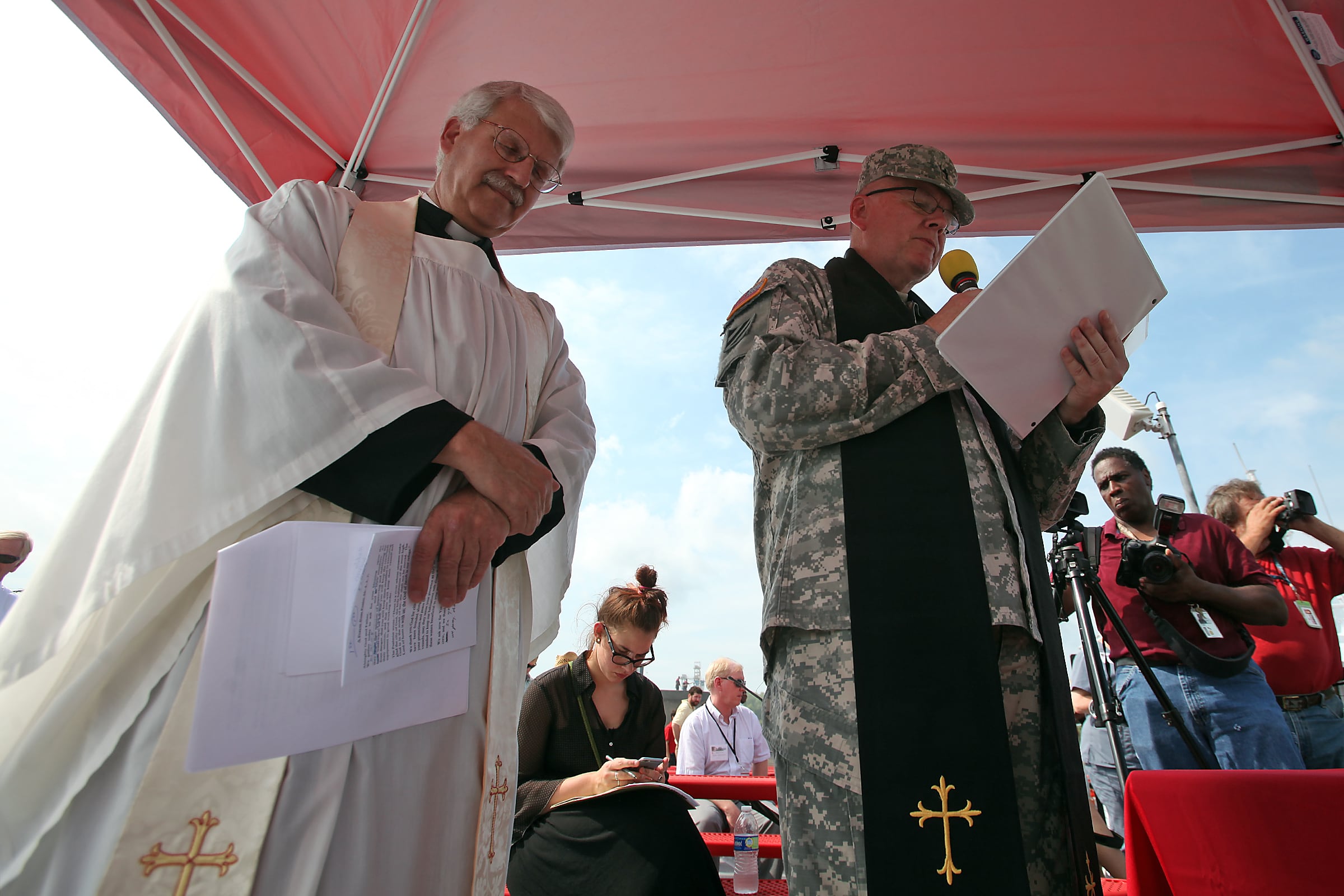This article was first published at 11:00 a.m. on March 9 and has been updated.
Birds are chirping, temperatures are rising, and it's that time of year again — physical fitness assessment time.
Now that it's time for the spring PFA, commands will be putting new rules announced last year into effect — new methods into action.The new rules laid out last year eased body fat rules, but fewer allowed failures before a sailor is booted out. It also means random body fat checks that can land a sailor onto the mandatory PT squad. but dropped the number of allowed failures to get booted out. laid out late last year expanded the allowable waist size and body fat measurements and reduced the number of allowable failures.
"The sailors were basically given a chance in Cycle 2015-2 to reset and become aware," the new head of the 21st Century Sailor office told Navy Times. "And those that had not previously been allowed to take the physical readiness test were then given an opportunity to do so."
This cycle will bring new body composition assessment standards, but also command spot-checks and a new scoring for the physical readiness test, as laid out in a NAVADMIN 061/16 released Wednesday.
"This will be different levels — high, medium, low — within a category, which will give an opportunity for sailors to see how close they are to moving up a level," said Rear Adm. Ann Burkhardt in an interview.
For sailors who are within a few curl-ups or a few seconds of an excellent or outstanding grade, she added, that can be motivating.
Sailors can also expect random BCA check-ups between formal tests, at their commanding officers' discretion.
Spot-check fails will not count toward the new two-in-three-years in-two-years failure limit, but they will require enrollment in the Fitness Enhancement Program, with mandatory workouts as well as weigh-ins where they will weigh in every 30 days until they're back within standards.
As of Jan. 1, sailors who bust the Navy's existing height-and-weight chart will be measured at the waist, where they can be up to 39 inches for men and 35.5 for women.
If they're over that standards, it's back to the old waist-neck measurement for women and waist-neck-hip tape test for women.
The new maximum body-fat standards:
- Men, ages 18 to 21, 22 percent
- Men, ages 22 to 29, 23 percent
- Men, ages 30 to 39, 24 percent
- Men, 40 and older, 26 percent
- Women, ages 18 to 21, 33 percent
- Women, ages 22 to 29, 34 percent
- Women, ages 30 to 39, 35 percent
- Women, 40 and older, 36 percent
"If the sailor fails the BCA, they'll have to be evaluated by a medical provider, enrolled in FEP and given nutritional counseling," Burkhardt said.
For a failure to count toward administrative separation, a sailor has to bust the Defense Department body fat standard, which can go up to 4367 percent for women and 2367 percent for men, depending on height.
The 21st Century Sailor Office doesn't have the numbers on how many people were able to reset their failures to one or save themselves from administrative separation last year, Burkhardt said, but she anticipates there will be a shift in this next cycle.
"Sailors should be more aware of where they are," she said. "It'll really show itself in Cycle 2016-1."
Now they'll have looser body fat standards, but will also get to take the PRT whether they pass the BCA or not. And they'll get enrolled in FEP earlier if they're having a problem.
Next up for Navy Personnel Command is to rethink the PRT, but Burkhardt said those discussions are in the very early stages.
"I think the conversation as been started, from occupational to new ways to do physical readiness testing, but we haven't reached any conclusions yet," she said. "Those working groups are in still in those discussions, and we're involving the fleet and [the Navy Bureau of Medicine and Surgery]."
Correction: A previous version of this article incorrectly stated the new standard for separations due to PFA failures. Sailors will be automatically separated after two failures over a three-year period.
Meghann Myers is the Pentagon bureau chief at Military Times. She covers operations, policy, personnel, leadership and other issues affecting service members.





